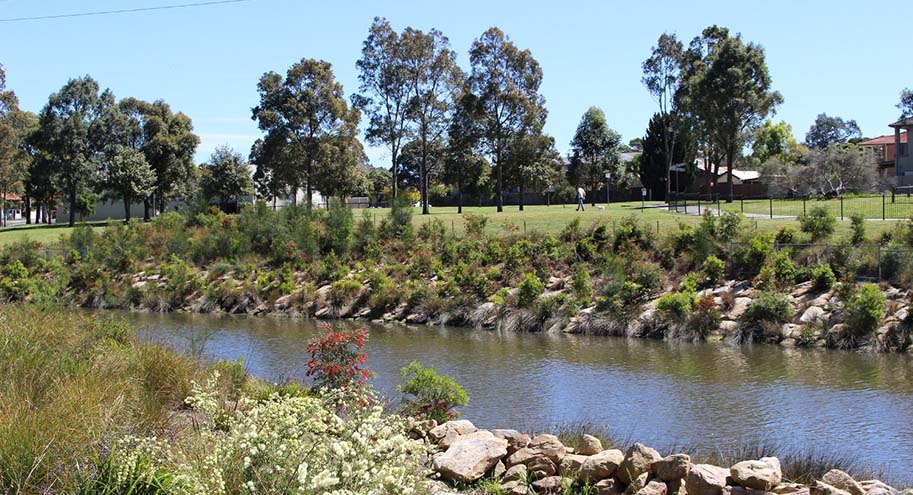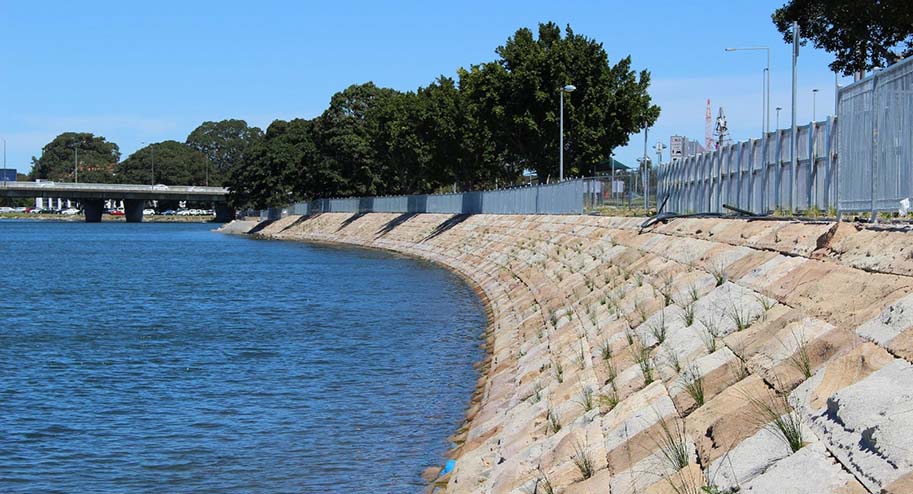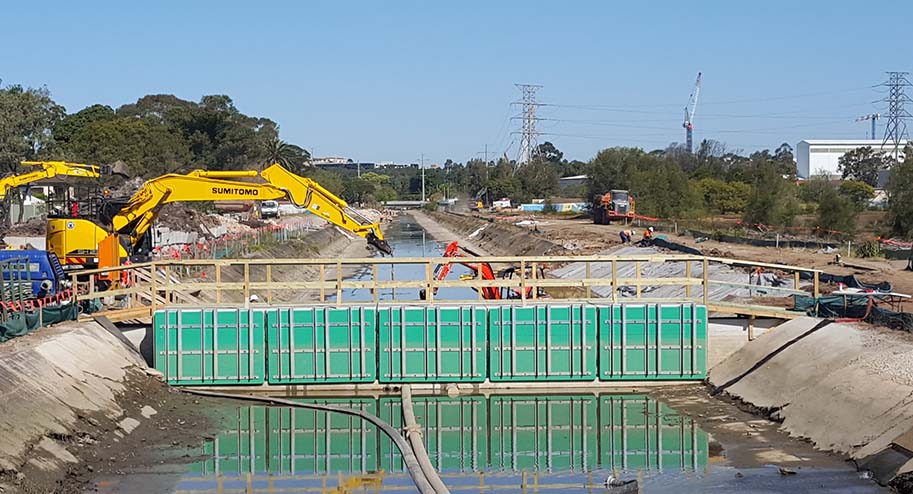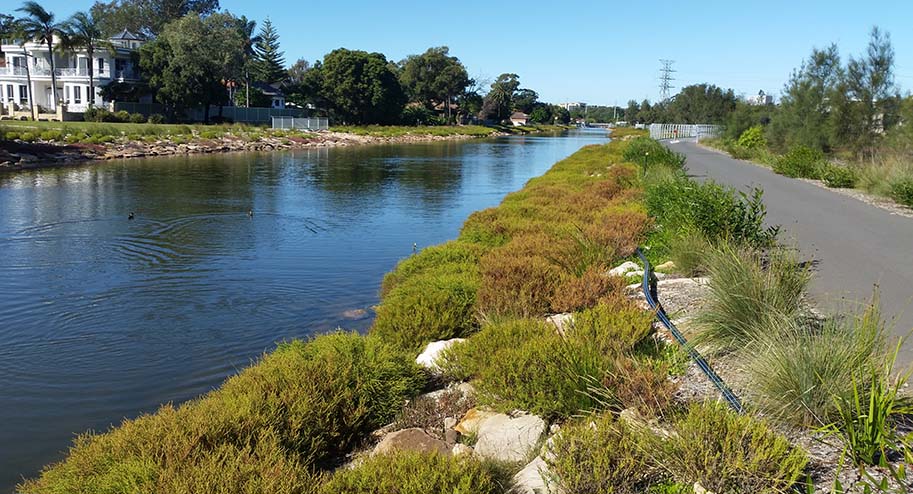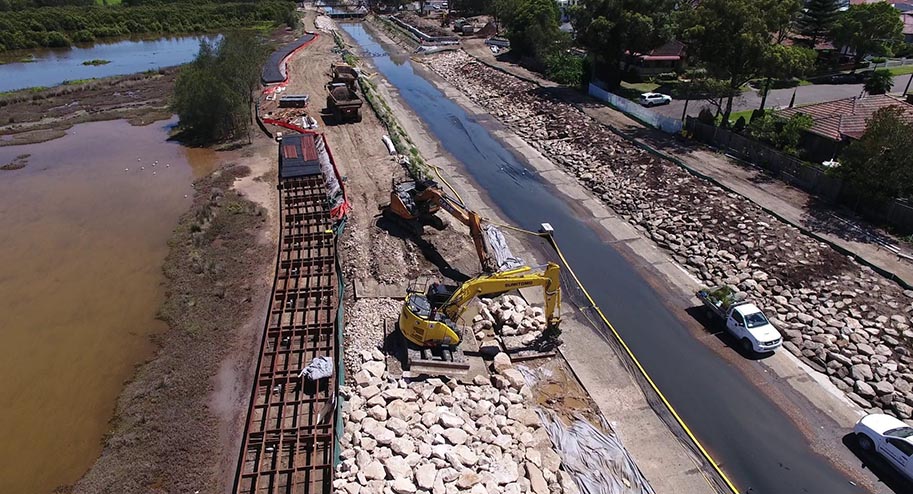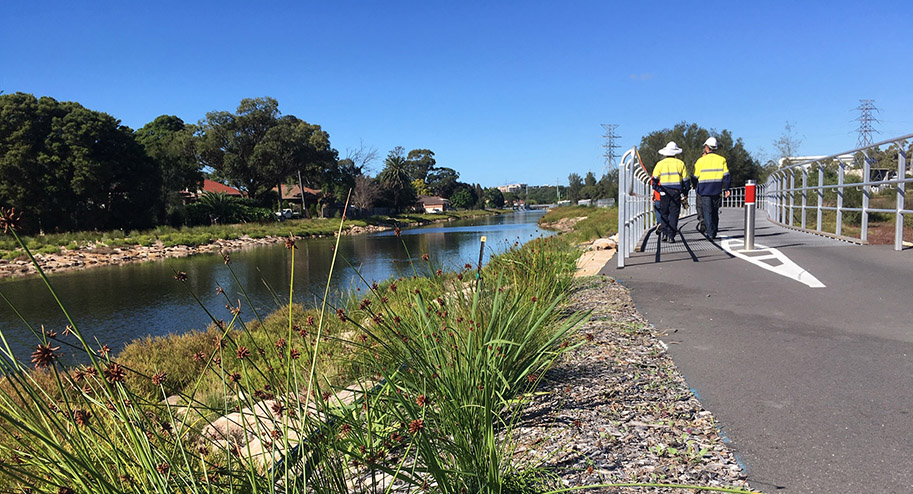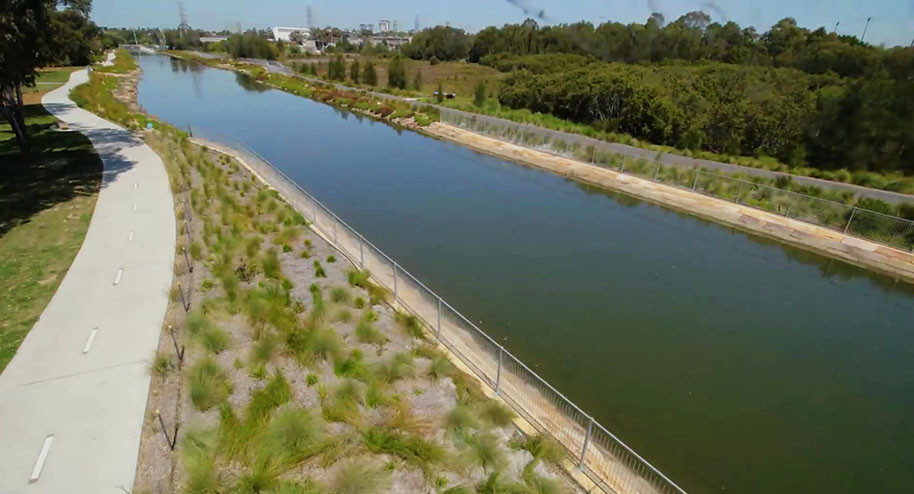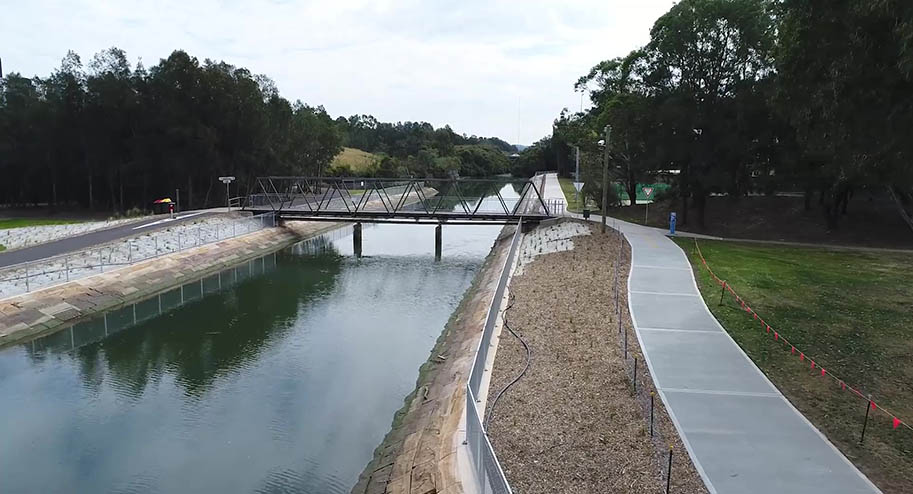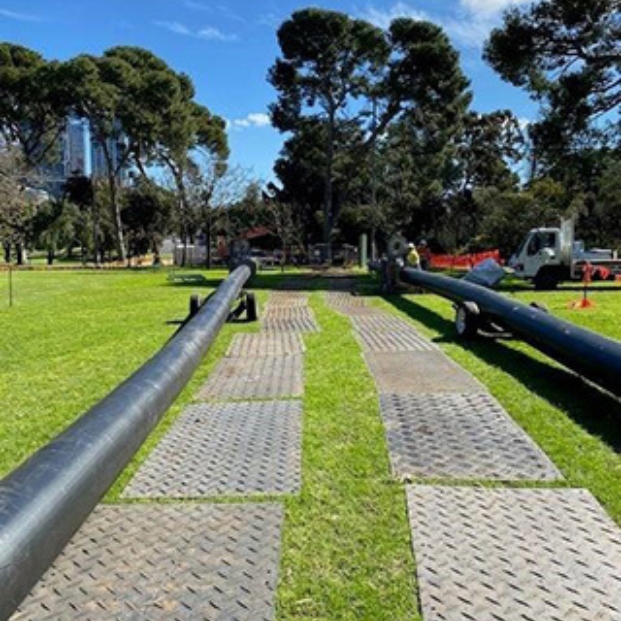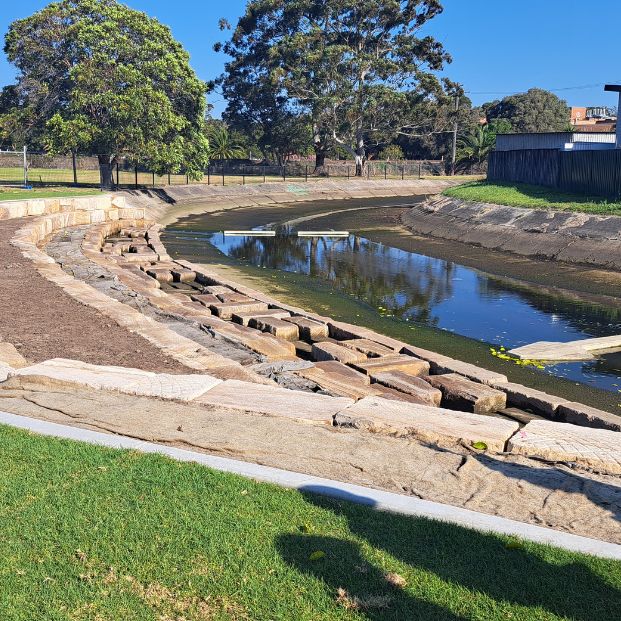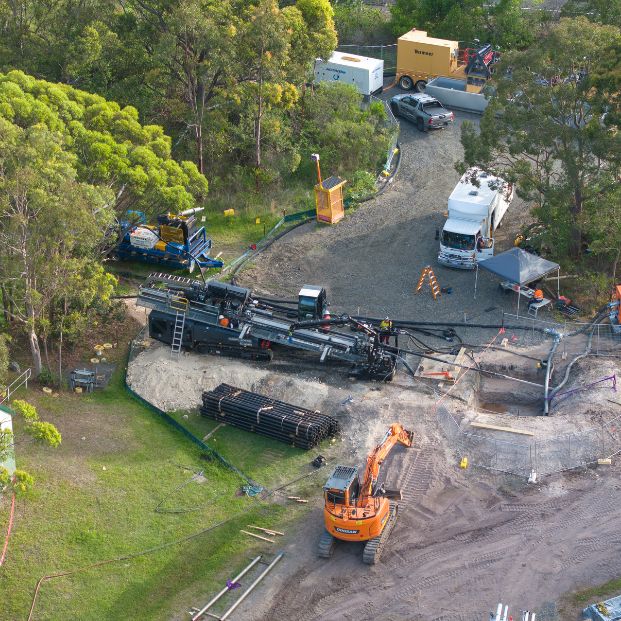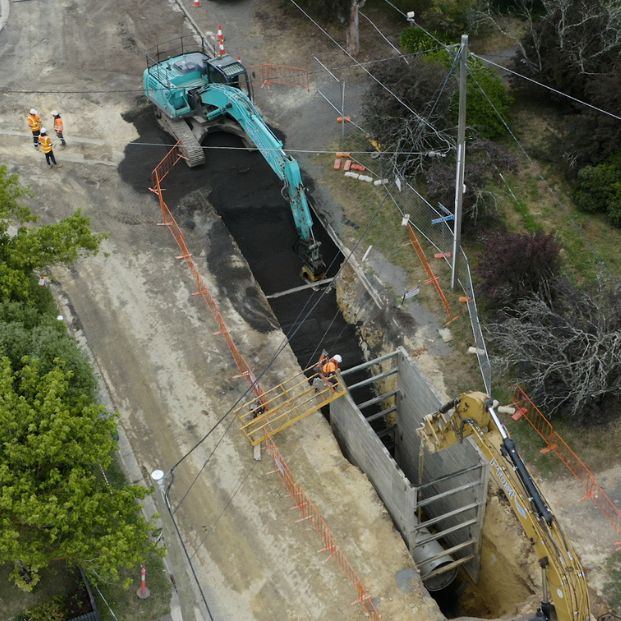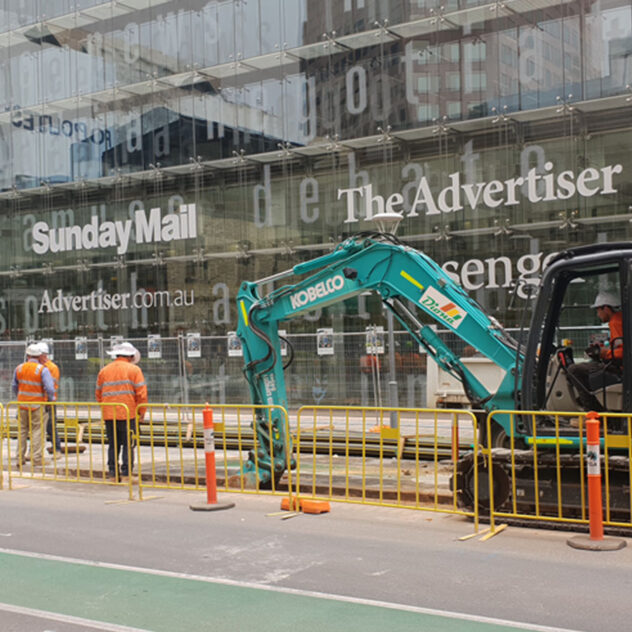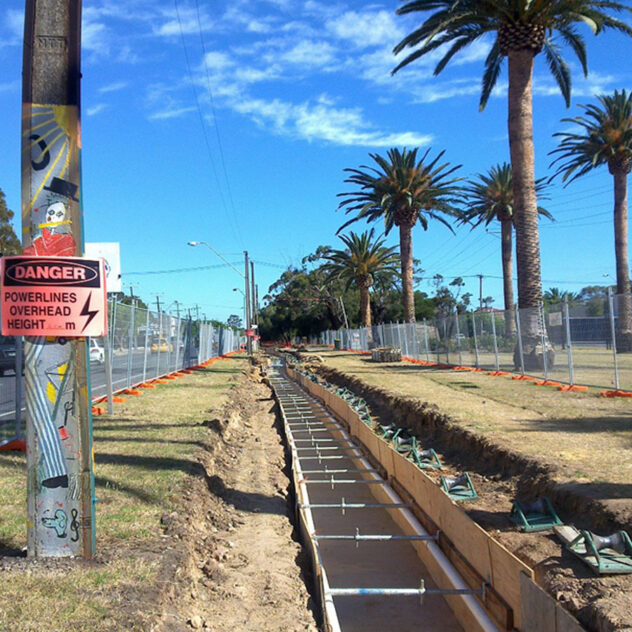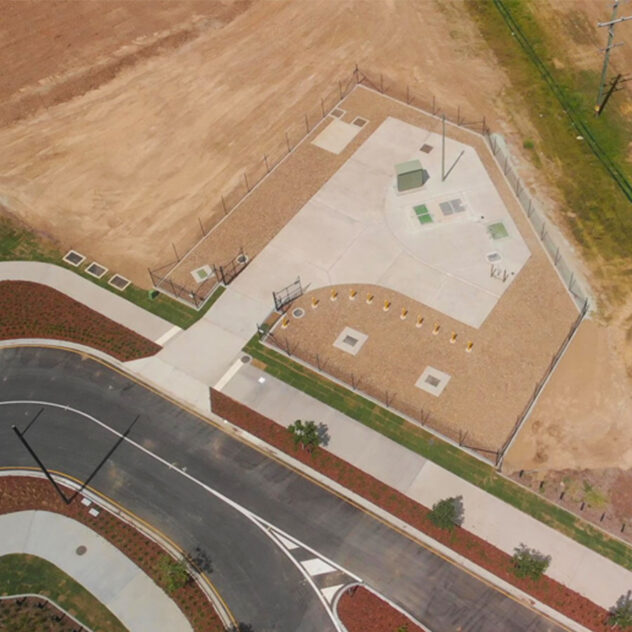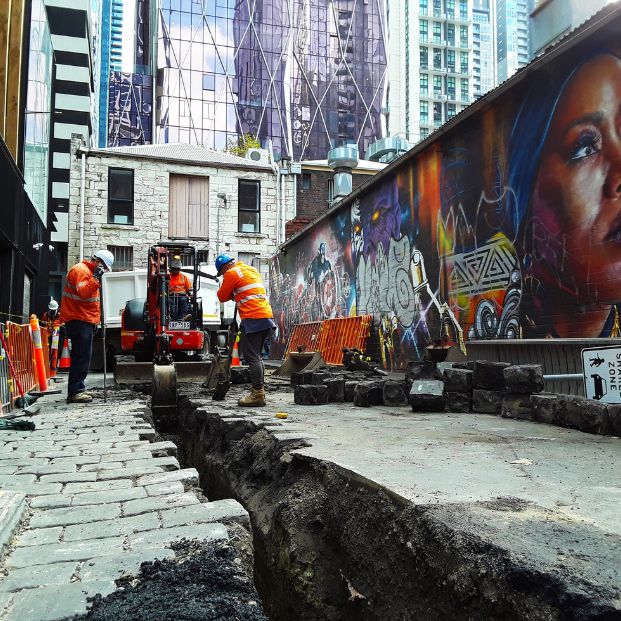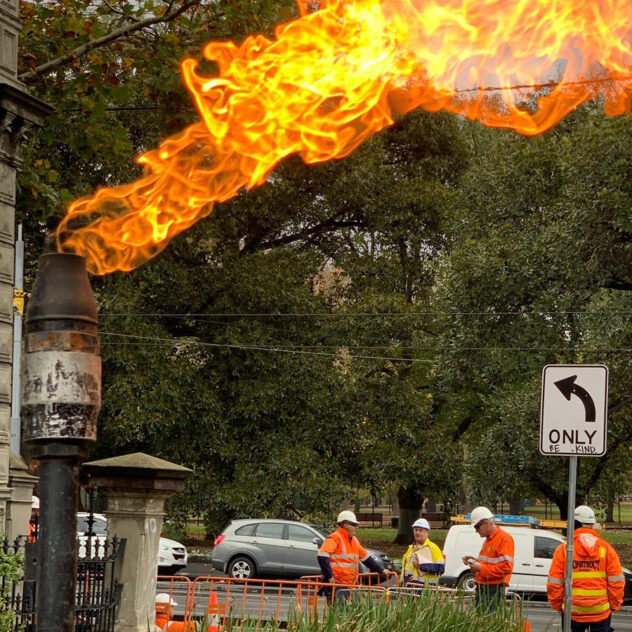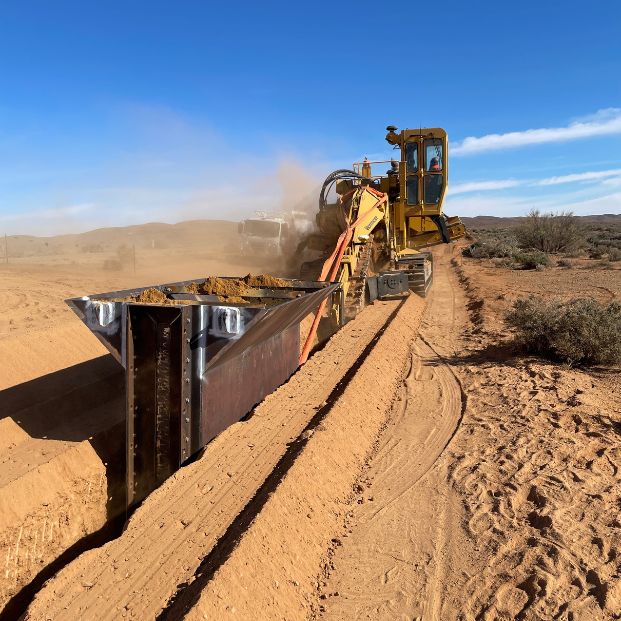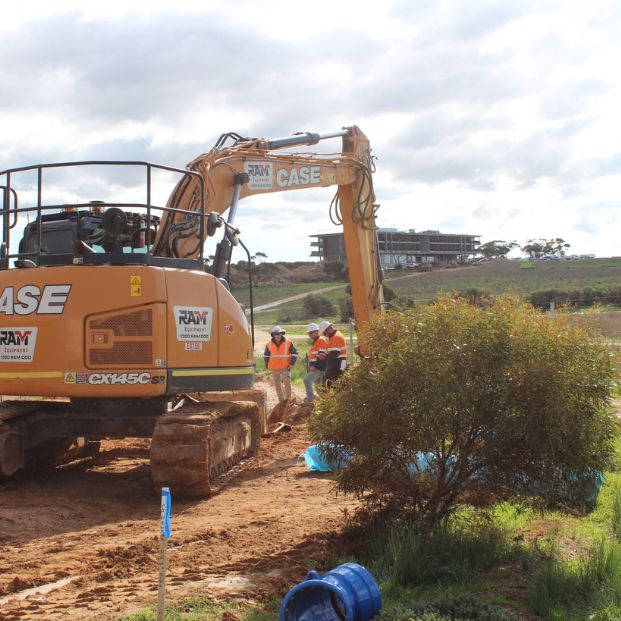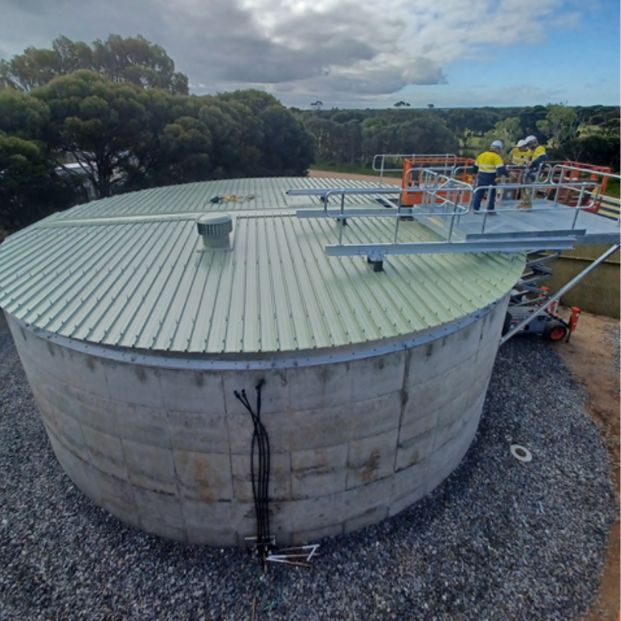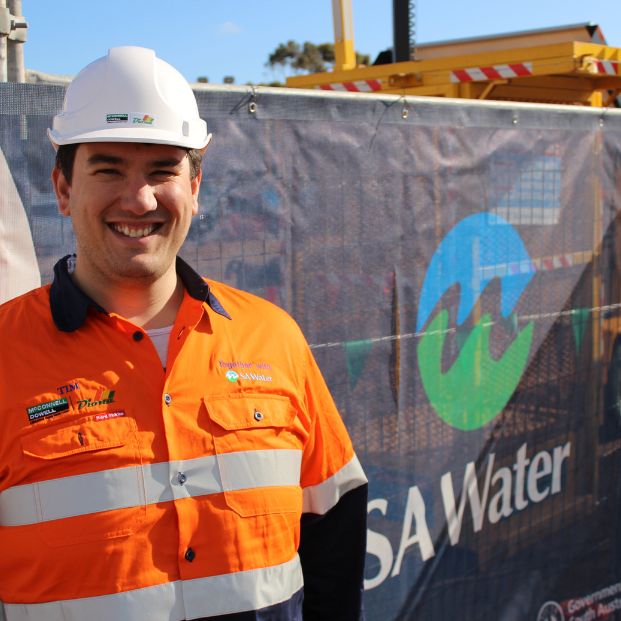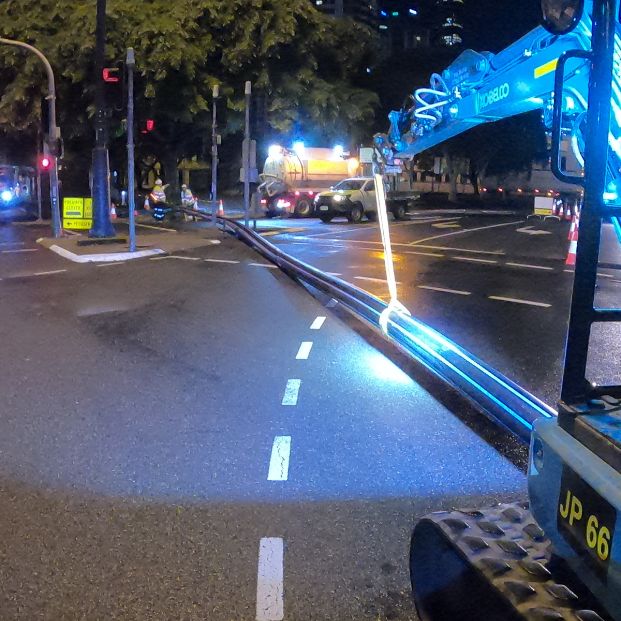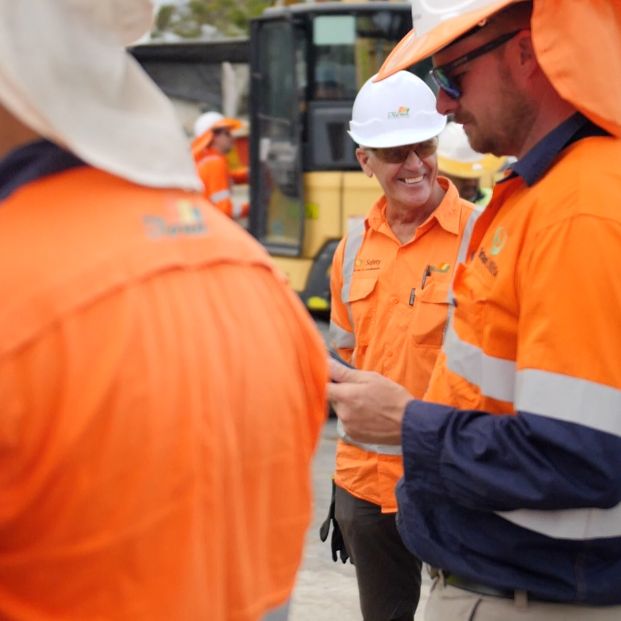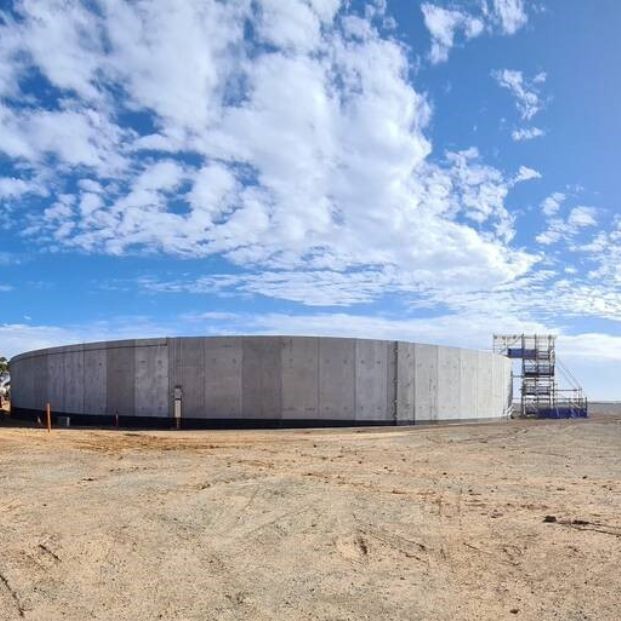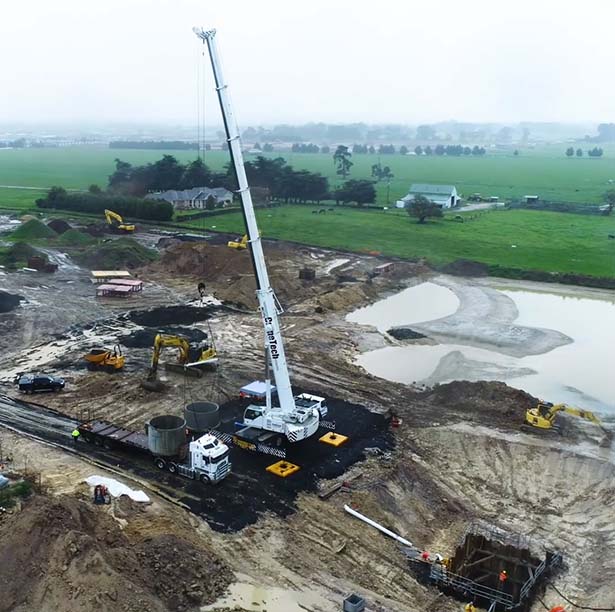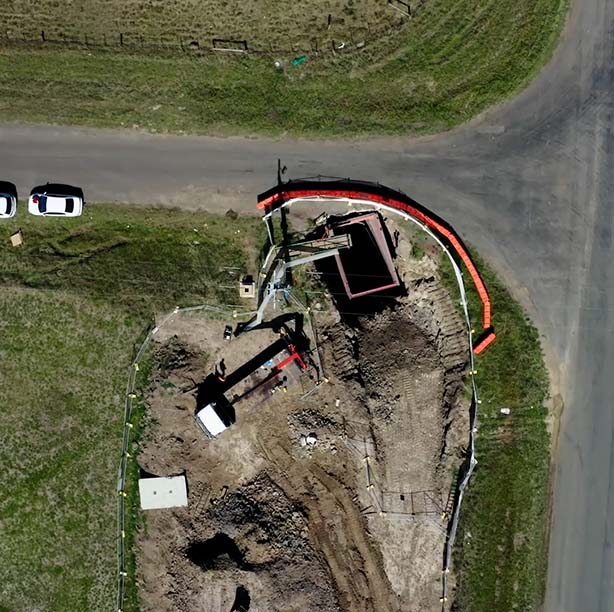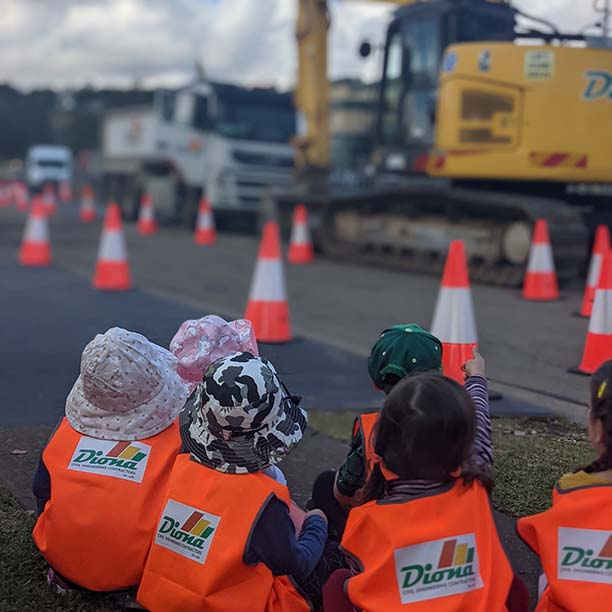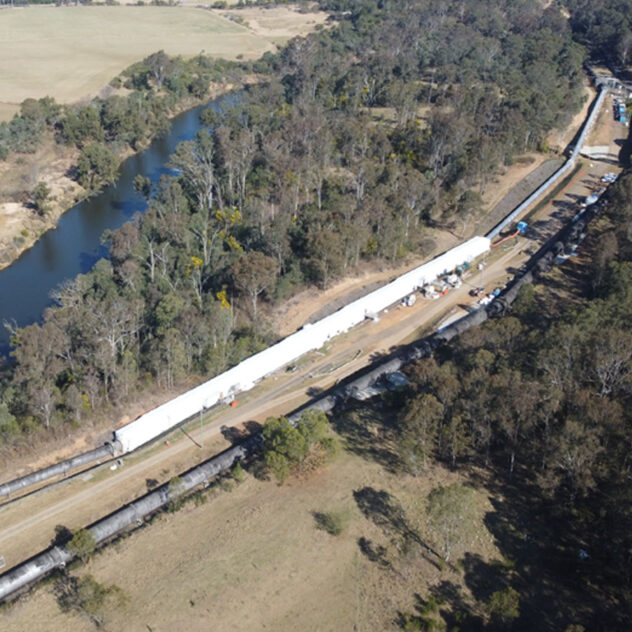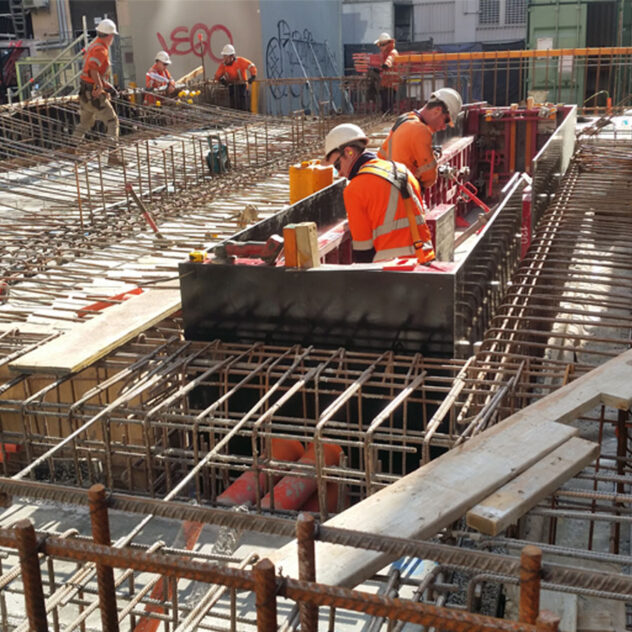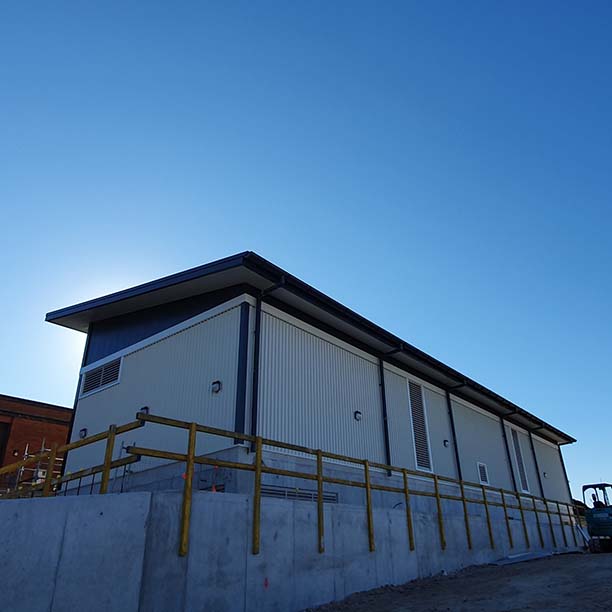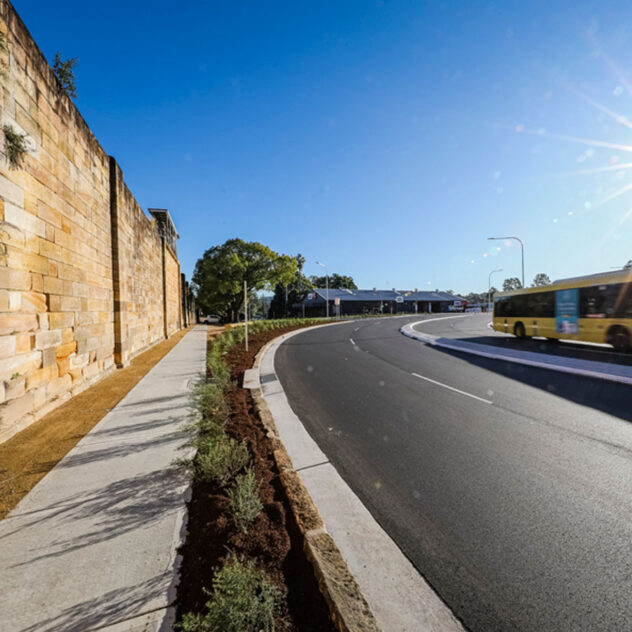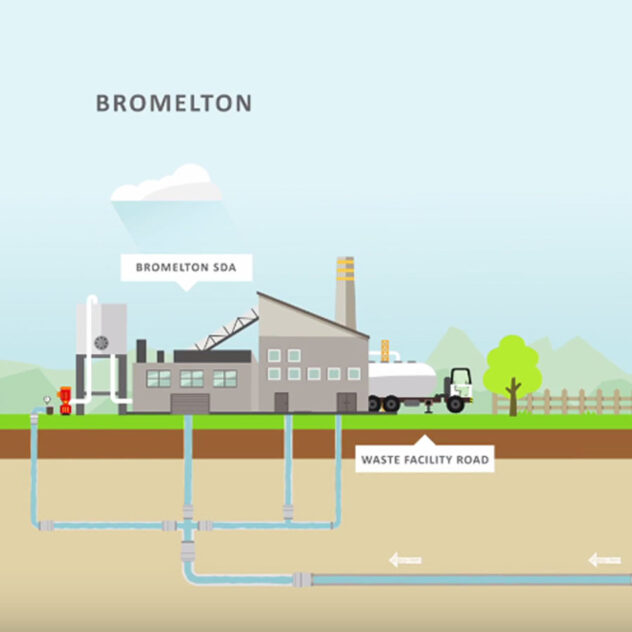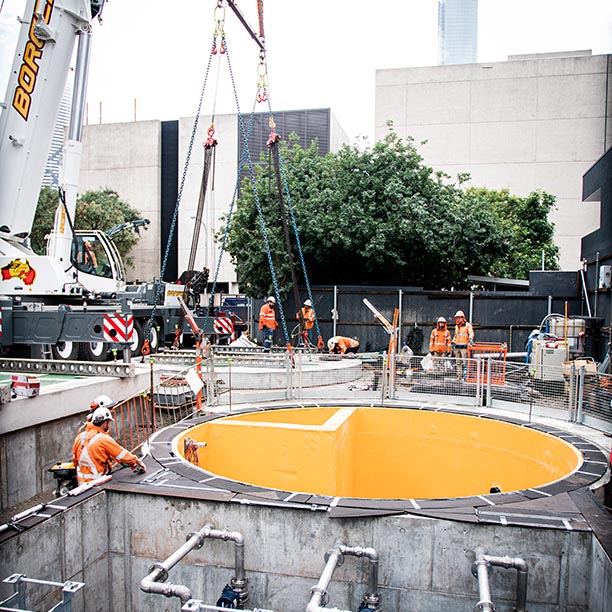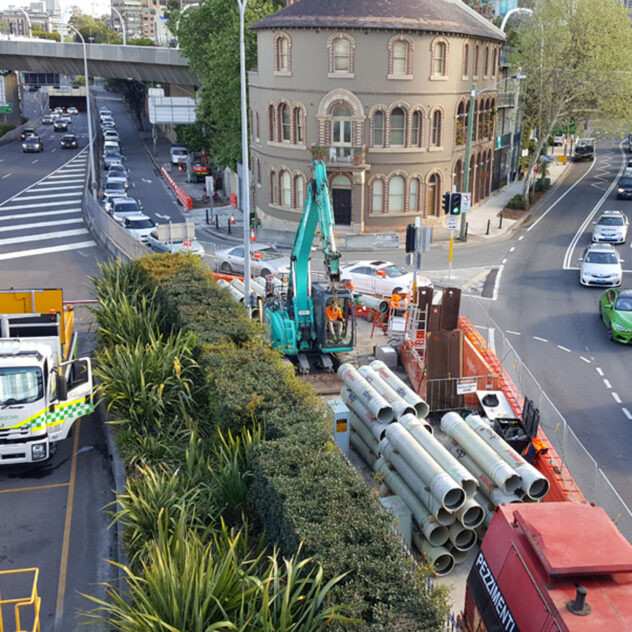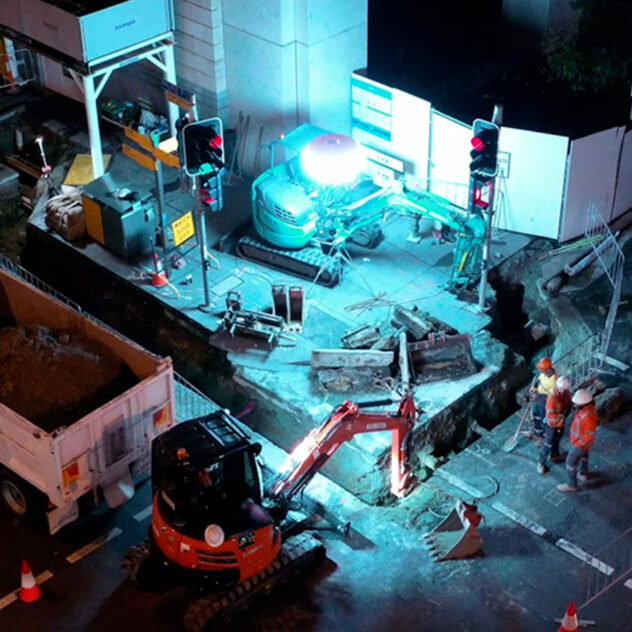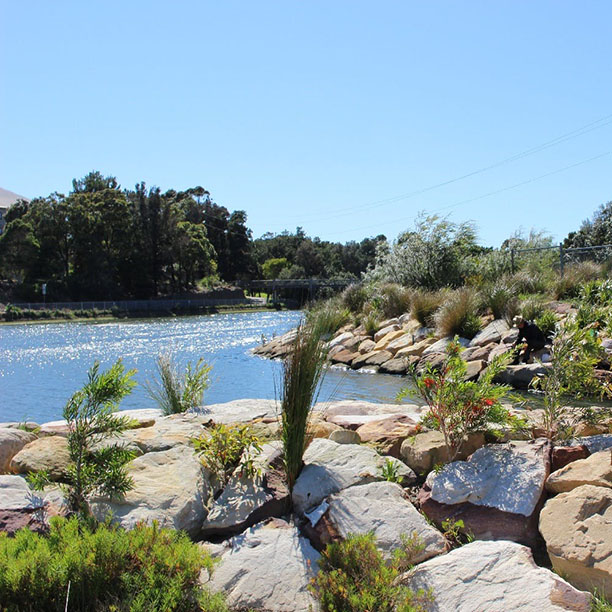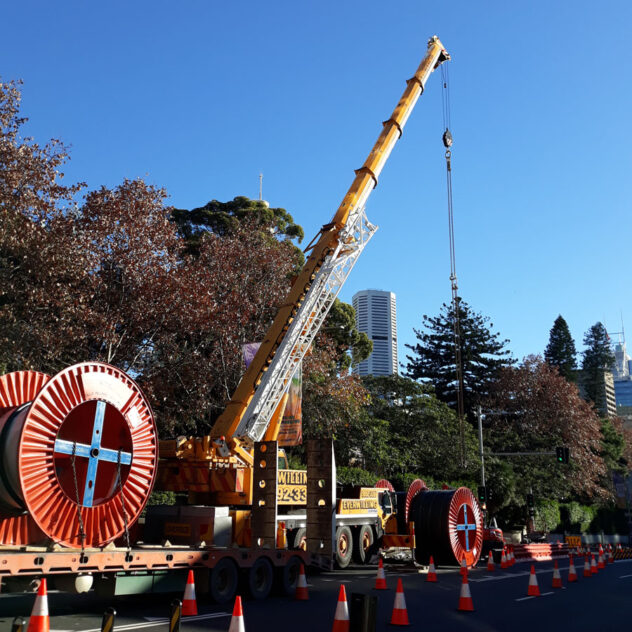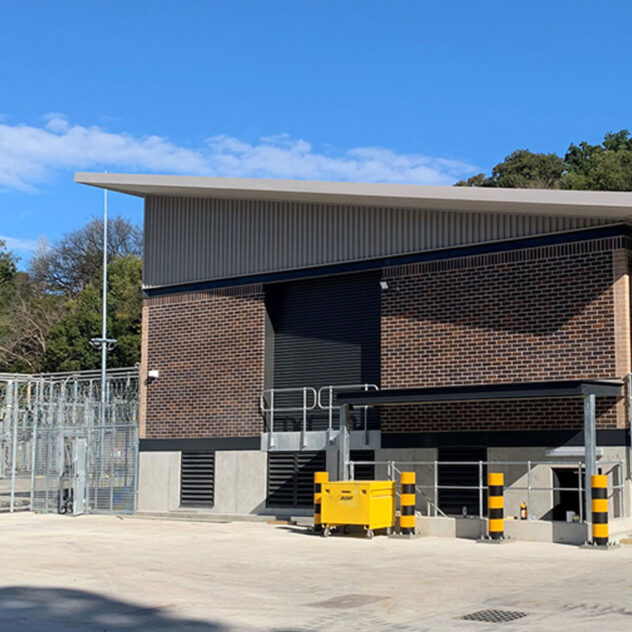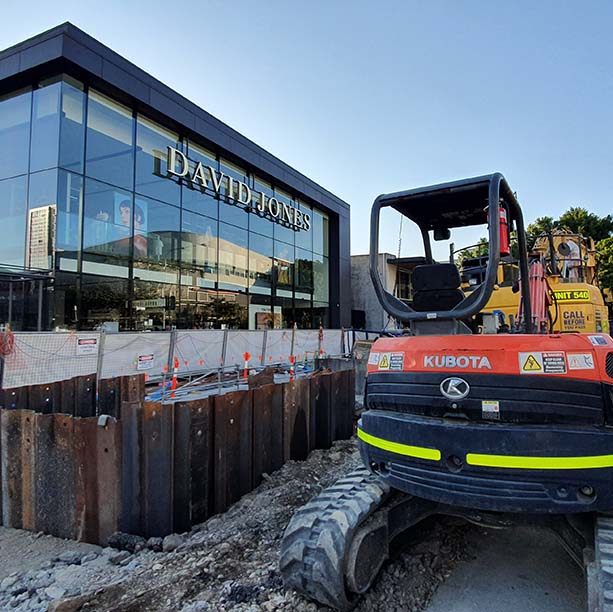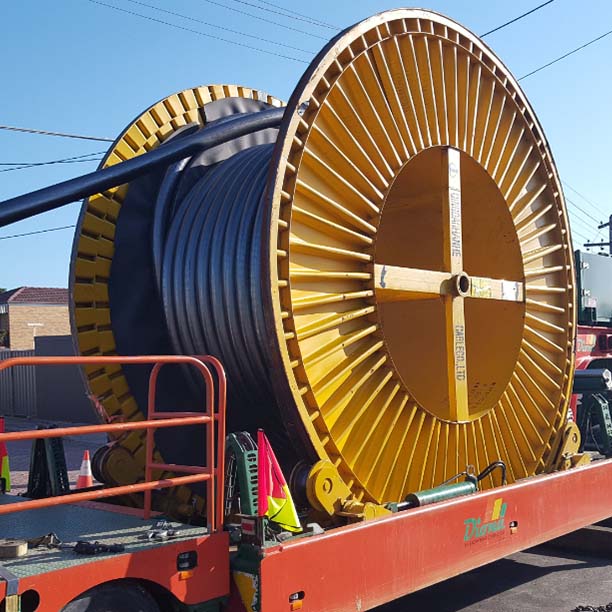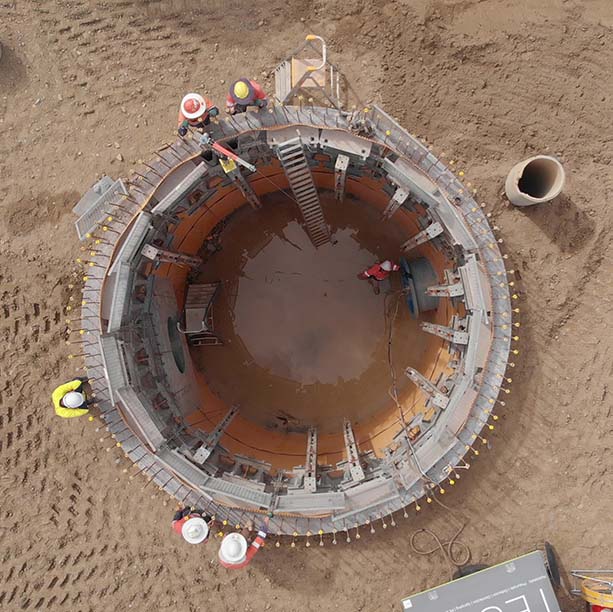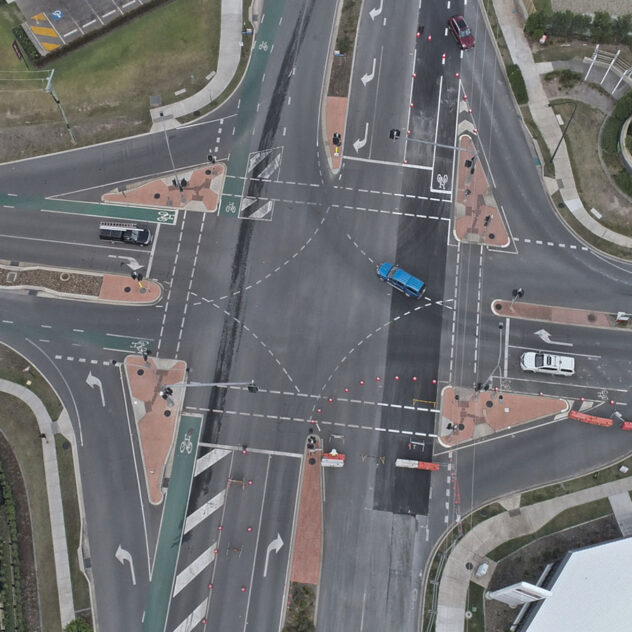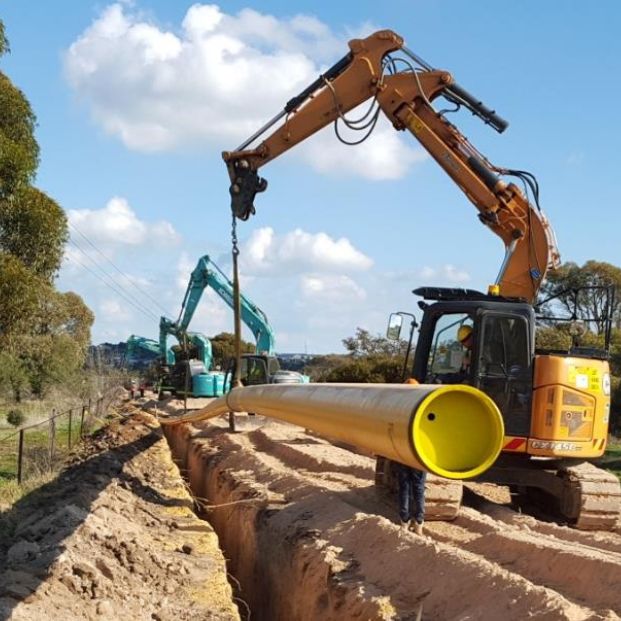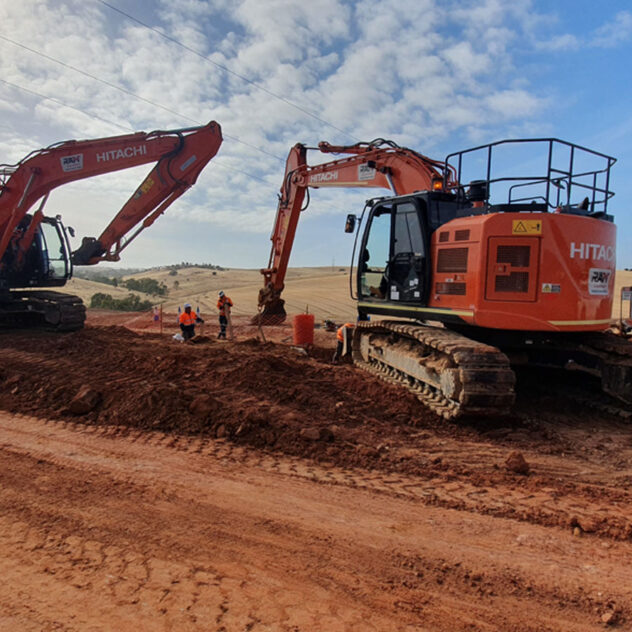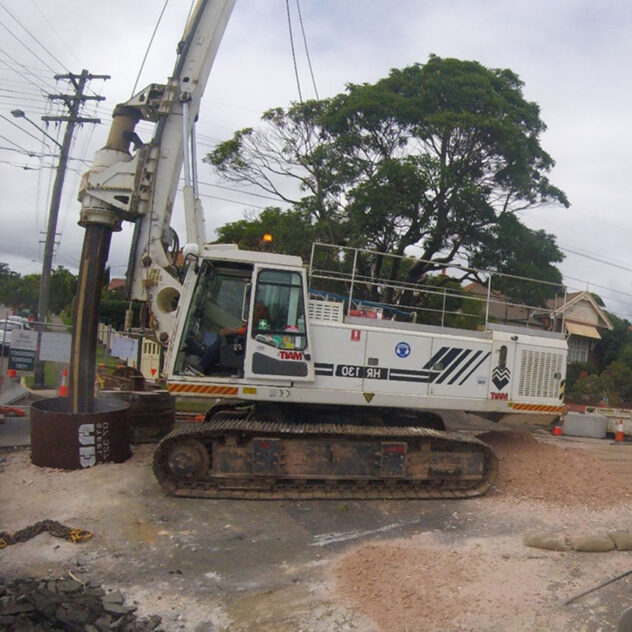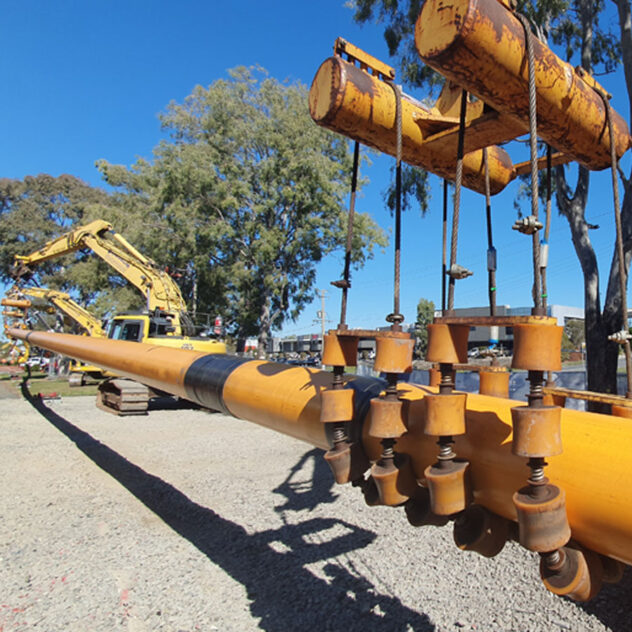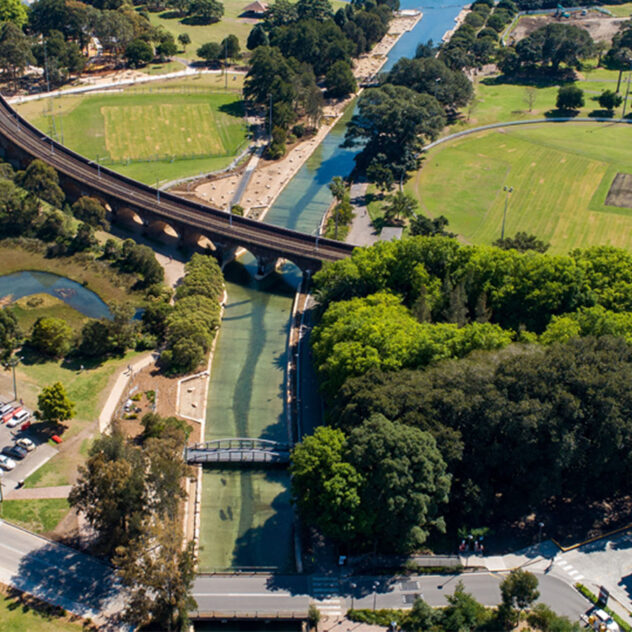Revitalising urban waterways
Diona and Sydney Water revitalised an aged concrete stormwater channel into a natural, vibrant and healthy waterway with new public facilities that the local community can enjoy.
Project Overview
Sydney Water transformed 850 metres of Powells Creek with gently sloping banks made from sandstone and native plants creating a more natural waterway.
Project Need
Constructed in the 1930s, Powells Creek, originating from Strathfield and eventually discharging into Homebush Bay on the Parramatta River, forms an integral part of the city’s stormwater network. Due to its age, the concrete channel needed repairs to ensure effective stormwater management for the surrounding area.
Project Solution
Diona undertook design and construction for the naturalisation of Powells Creek removing the concrete channel and replacing with gently sloping banks made from 11,500 tonnes of sandstone and 42,000 native plants. Moreover, the project enhanced community spaces with timber boardwalks and pathways improving safety and convenience for cyclists and families accessing the area and nearby school.
Value Add | Benefit
Environmental Revitalisation
By replacing concrete with natural elements, the project has significantly improved the creek’s ecological health, supporting a diverse range of species.
Community Engagement and Recreation
Diona proactively engaged with stakeholders, including Councils, Bicycle NSW, Transport for NSW, Department of Fisheries, and local residents throughout the project. The project won the hearts of the local community which was evident through a well-received opening ceremony and winning various industry awards.
Innovative design
Diona’s innovative tidal management system created a dry and safe working environment for the crews and an extended window for construction activities to occur between tides. As a result, the project was completed ahead of schedule ultimately reducing the impact on the community.
Heritage and Asset Enhancement
A model of asset management excellence, this project significantly extends the asset’s life while boosting the area’s liveability through ecological and social upgrades.
Key Aspects
- 30,000 tonnes of excess spoil treated and disposed of
- 4,500 tonnes of concrete removed from the site and recycled
- 11,500 tonnes of sandstone boulders imported to the site and placed on the banks
- 2,558 metres of faced sandstone blocks laid on the banks
- 42,000 native grasses and shrubs planted
- 2,500 kilograms of plastic bottles and rubbish removed from creek
- 150 metres of boardwalk installed
- 570 metres of new asphalt cycleway installed
- 500 metres of concrete shared pathway installed.
ESG Alignment
Enhances water quality and ecological health through the introduction of native plants and sandstone blocks, fostering biodiversity and ecosystem restoration. Demonstrates commitment to clean and sustainable water resources.
Transforms the urban environment into a green, vibrant community space, providing recreational opportunities and enhancing area inclusiveness, safety, and resilience. Emphasises community engagement and creation of public amenities, fostering a deeper connection between the community and its natural surroundings.
The project’s transformation of an old concrete channel into a more natural waterway contributes to improving water quality and the ecological health of the river.
By transforming an urban waterway into a more natural and aesthetically pleasing space, the project enhances urban liveability, community engagement, and recreational opportunities.
Replacing the concrete channel with sandstone and native plants supports local biodiversity and contributes to ecosystem restoration and land conservation.
The project showcases effective collaboration among various stakeholders, including local councils, community groups, and transport authorities, to achieve a shared vision of sustainable development.
Innovative construction approaches, such as the use of reinforced concrete box culverts and flap gates, and the construction of new shared pathways and boardwalks, showcase advancement in sustainable infrastructure development.
The project’s environmental management practices, such as recycling concrete and removing plastic waste from the creek, reflect a commitment to sustainable resource use and waste management.
Naturalising the creek contributes to climate mitigation by enhancing green spaces and biodiversity, thus ensuring urban resilience against climate change impacts.
Industry Awards
Winner: Excellence in Asset Management Category
- Winner: Project Category
- Runner-up: Contractor Category
Finalist: Asset Management Category
Finalist Category 4 – Project Value $10M to $30M
